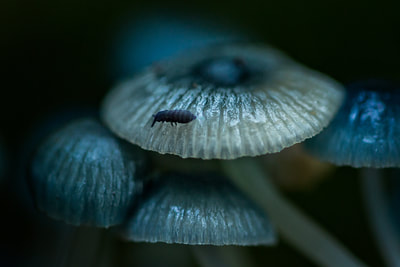|
Tasmania has the Southern Lights, (Aurora Australis) and is probably one of the two best populated land based places in the Southern Hemisphere for seeing and photographing this wonderful polar phenomenom. The other being the southern tip of the south island of New Zealand. This is because, it is not just about being as far south as you can be, its also due to the proximity of the south magnetic pole, and luckily for us here in Tassie, the south magnetic pole is situated closer to us than most places. Tasmania is an amazing place for night photography having beautiful dark skies, a Milky Way that is a billion points of light, and during winter that night can last for 15 hours. Capturing the Aurora on your camera is no more difficult than any other long exposure night photography. All you need is a tripod, a camera with a decent sensor and ability to take longer exposures, and a lens with decent light gathering abilities. Generally this means a DSLR to gain consistently good image quality. Any of the recent DSLR cameras are amazing at what they do and with the brighter auroras even the kit lens can take wonderful pictures in the right hands. My set up is, a Canon 5D3, and I am usually taking my auroras with a Rokinon 24mm F/1.4 aperture lens. My base settings to start off with are F/1.4, ISO 1600, 20 seconds, and depending on the stage of the moon a white balance of 3800 with no moon, progressing through to 5500 with an almost full moon.
0 Comments
Mine and many others favourites amongst the Tasmanian fungi are our little blue Mycena interrupta, commonly known as Pixies Parasols. They have a Gondawanan distribution being found in Australia, New Zealand, New Caledonia and Chile. They can be reasonably common but can be amazingly difficult to see in the rainforest they habitat, even in their glowing neon glory, and then, once you have spotted them, they are almost impossible to "unsee". This week I came across a delightful little group and photographed their change across 3 days. I even managed to spot and capture a springtail crawling through the scene. The head of the large "parasols" are maybe about 12-15mm. The springtail is not much longer than the stalk is wide so I guess that makes the springtail about 1.5 to 2mm long. Below is a fairly ordinary image of my first springtail and also a wider view of the little Mycena forest in amongst the mosses.
|




